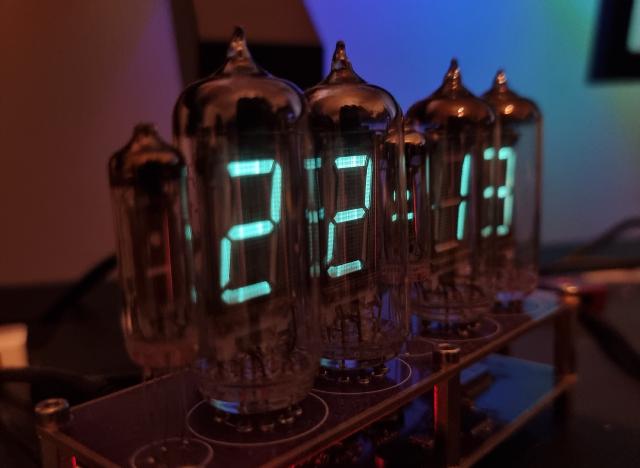“Time is what clocks measure” - Hans Reichenbach
The Basics
A clock at its most fundamental level is something that measures, keeps, and displays time. The means by which this is achieved can vary by as much as human creativity and technology will allow, but ultimately it boils down to three discrete parts:
Something That Ticks
The first part of any clock is an oscillator of some description. Something that will ’tick’ in a regular fashion, producing a consistent and repetitive signal. This could be:
- A pendulum, where the frequency is governed by the length and the local gravitational field
- A Quartz crystal excited by electricity, where the frequency is determined by the size, shape, cut and temperature of the crystal.
- The oscillations of atoms in vapour cell, a specific natural frequency where electrons can change energy states.
- The rotation of the Earth with respect to the sun.
Something That Counts
In order to measure and track time, something needs to count the ’ticks’ from our oscillator. This could be:
- A mechanical mechanism that utilises the ratios and positions of gears.
- An electronic mechanism that utilises the memory of a microcontroller.
- The grains of sand that have passed through the neck of an hour glass.
Something That Displays
Finally, a clock needs some way of communicating its measurement of time to the outside world. This could be:
- A set of numerals and hands on a clock face.
- A series of display tubes.
- A shrill pattern of beeps.
- An NTP server implementation responding to internet time requests.
Putting it all together
Some of the example components listed above will naturally lend themselves to be paired with other components better than others, but so long as there is at least one of each of these components, it is a clock.
A very traditional and purely mechanical example of this would be a grandfather clock, where our pendulum acts as the oscillator, driving a set of gears, to move a set of hands against a clock face.
A more modern example might be a wrist watch, where a quartz crystal is excited by the electricity of a small battery, and the frequency signal generated is fed into a set of electronic counter circuits, before finally being displayed on a series of LCD segments on a display.
However there is no reason why a pendulum as a frequency source could not be combined with an optical switch and a dekatron counter and then finally an AI text-to-speech speaker to give something that also functions as a clock!

